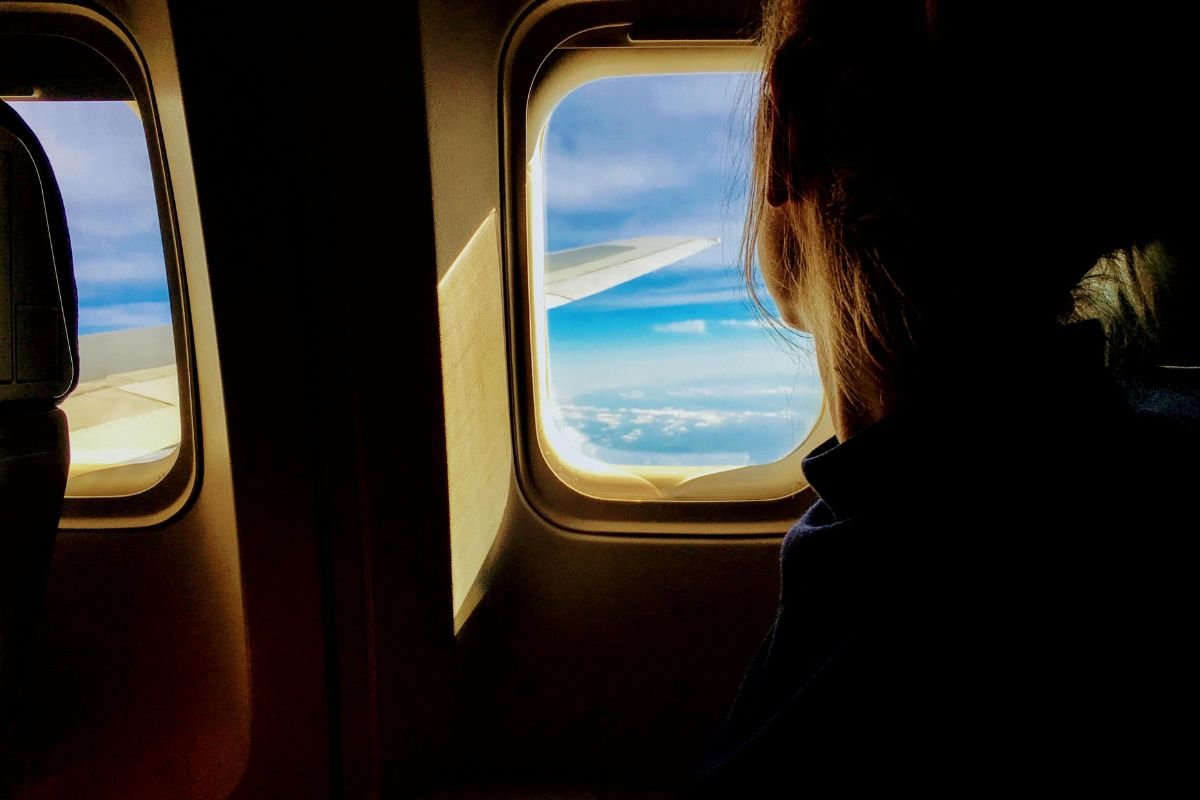9 Powerful Tips for Claustrophobic Flyers
9 Powerful Tips for Claustrophobic Flyers
For some people, boarding a plane is thrilling—the anticipation of new destinations, the smell of fresh cabin air, the sound of the engines starting. But for many others, especially those who experience claustrophobia, that same moment can trigger an intense feeling of discomfort. The thought of sitting in a confined space for hours, unable to simply “walk out,” can be overwhelming. Your mind might race, your palms might sweat, and your chest might feel heavy.
If this sounds familiar, you’re not alone. Claustrophobia on flights is more common than most people realize. In fact, many frequent travelers quietly use strategies to cope with it. The good news? There are practical ways to make flights more comfortable, less stressful, and even enjoyable.
In this detailed guide, we’ll explore 9 Powerful Tips for Claustrophobic Flyers—proven methods that will help you stay calm, comfortable, and in control before, during, and after your flight. These aren’t generic “stay calm” suggestions; they’re actionable, realistic, and suitable for travelers anywhere in the world.
1. Choose the Right Seat to Reduce Triggers
The very first of our 9 Powerful Tips for Claustrophobic Flyers is all about strategic seating. Your seat can completely change your flight experience.
For a claustrophobic traveler, an aisle seat isn’t just about convenience—it’s about freedom. Being able to stand up whenever you want can instantly reduce the feeling of being trapped. On the other hand, a middle seat can make you feel boxed in, and a window seat might make you feel cornered unless you love looking outside.
Practical moves:
Always book your seat in advance, even if it means paying a small extra fee.
Choose the front sections of the aircraft—these are often quieter, have quicker exits, and give you a sense of openness.
Consider “extra legroom” seats, such as those near emergency exits.
Example:
A friend of mine who used to panic mid-flight said his anxiety reduced by 70% just by switching from a middle seat to an aisle seat. That simple change gave him control over his movement, and suddenly the flight felt less like a cage.
2. Arrive Early for Mental Preparation
The second of the 9 Powerful Tips for Claustrophobic Flyers is something most people overlook—timing. Arriving at the airport in a rush can spike your anxiety even before you board.
When you arrive early:
You have time to check in without stress.
You can find your gate at a comfortable pace.
You can board earlier and claim your space before the cabin gets crowded.
Pro tip:
Use the extra time to do small calming activities—sip water, listen to soft music, or walk around the terminal. This reduces tension so you don’t carry “panic energy” onto the plane.
3. Master Breathing Techniques for Onboard Calm
Breathing is one of the most underestimated anxiety tools, which is why it’s a core part of the 9 Powerful Tips for Claustrophobic Flyers. When fear kicks in, your breathing becomes shallow, signaling your brain to stay in “alert mode.”
One of the simplest, yet most effective techniques is the 4-4-6 method:
Inhale slowly through your nose for 4 seconds.
Hold your breath for 4 seconds.
Exhale through your mouth for 6 seconds.
Repeat this cycle for a few minutes whenever you feel uneasy. It slows your heartbeat, relaxes your muscles, and sends a “calm down” message to your brain.
4. Keep Your Mind Busy to Outsmart Anxiety
Your mind can’t focus on fear if it’s fully engaged in something else. That’s why distraction is another of the 9 Powerful Tips for Claustrophobic Flyers.
Ideas:
Download a new TV series or audiobook before flying.
Play puzzle games or crosswords.
Try a guided meditation app like Calm or Headspace.
Why it works:
When your brain is busy solving a puzzle or following a story, it has less mental space to dwell on the feeling of being confined.
5. Avoid Caffeine and Heavy Sugary Snacks
It may be tempting to grab a coffee before boarding, but high caffeine levels can trigger restlessness and make your heartbeat faster—exactly what you don’t want if you’re already anxious. This is why diet plays a role in the 9 Powerful Tips for Claustrophobic Flyers.
Instead:
Choose calming herbal teas like chamomile or peppermint.
Opt for light snacks—nuts, fruit, or yogurt—to keep your energy stable.
Stable energy levels mean a more stable mood.
6. Use Visualization to Create Mental Space
Visualization is like a mental “escape button,” which is why it earns a place in the 9 Powerful Tips for Claustrophobic Flyers.
How to do it:
Close your eyes and imagine yourself somewhere peaceful—walking along a beach, sitting in a sunny garden, or resting in your favorite room at home. Focus on details: the smell of the air, the sounds around you, the colors you see.
Your brain responds to these imagined cues almost as if they were real, which can ease your body’s stress response.
7. Inform Cabin Crew About Your Anxiety
The seventh of the 9 Powerful Tips for Claustrophobic Flyers is about communication. You don’t have to suffer in silence—let the flight attendants know you get anxious in enclosed spaces.
They might:
Check on you during the flight.
Allow you to stand in the galley area for a short break.
Offer calming reassurance during turbulence.
Simply knowing someone is aware can make you feel supported.

8. Move Whenever You Can
Claustrophobia thrives on stillness. Movement helps break that feeling. That’s why being active mid-flight is part of the 9 Powerful Tips for Claustrophobic Flyers.
When the seatbelt sign is off:
Walk to the restroom, even if you don’t need it.
Stand near your seat for a stretch.
Do small seated exercises like shoulder rolls or ankle circles.
Physical movement reminds you that you’re not “trapped” and keeps your blood flowing, which also reduces anxiety symptoms.
9. Prepare Mentally Before You Travel
The last but perhaps most important of the 9 Powerful Tips for Claustrophobic Flyers is mental preparation.
A few days before flying:
Practice your breathing exercises daily.
Watch videos of plane interiors to get familiar with the space.
Remind yourself of the purpose of your trip—focus on the excitement of the destination, not the discomfort of the journey.
Gradually, you’ll find that flights become less intimidating.

Don’t Miss: How These 9 Tips Work Together
Flying with claustrophobia is not about “getting rid” of fear completely—it’s about managing it. The 9 Powerful Tips for Claustrophobic Flyers work best when used in combination. Choosing a seat that gives you space, arriving early to avoid rush stress, breathing steadily, keeping your mind busy, avoiding stimulants, visualizing calm places, communicating with crew, moving often, and preparing mentally all create a powerful safety net.
The more you practice these tips, the more natural they become. And each positive flight experience builds your confidence for the next one.
External Helpful Link:
How to Manage Fear of Flying – Anxiety and Depression Association of America
Also Read:
10 Things to Do in Bangkok with Kids – Trip or Travel

